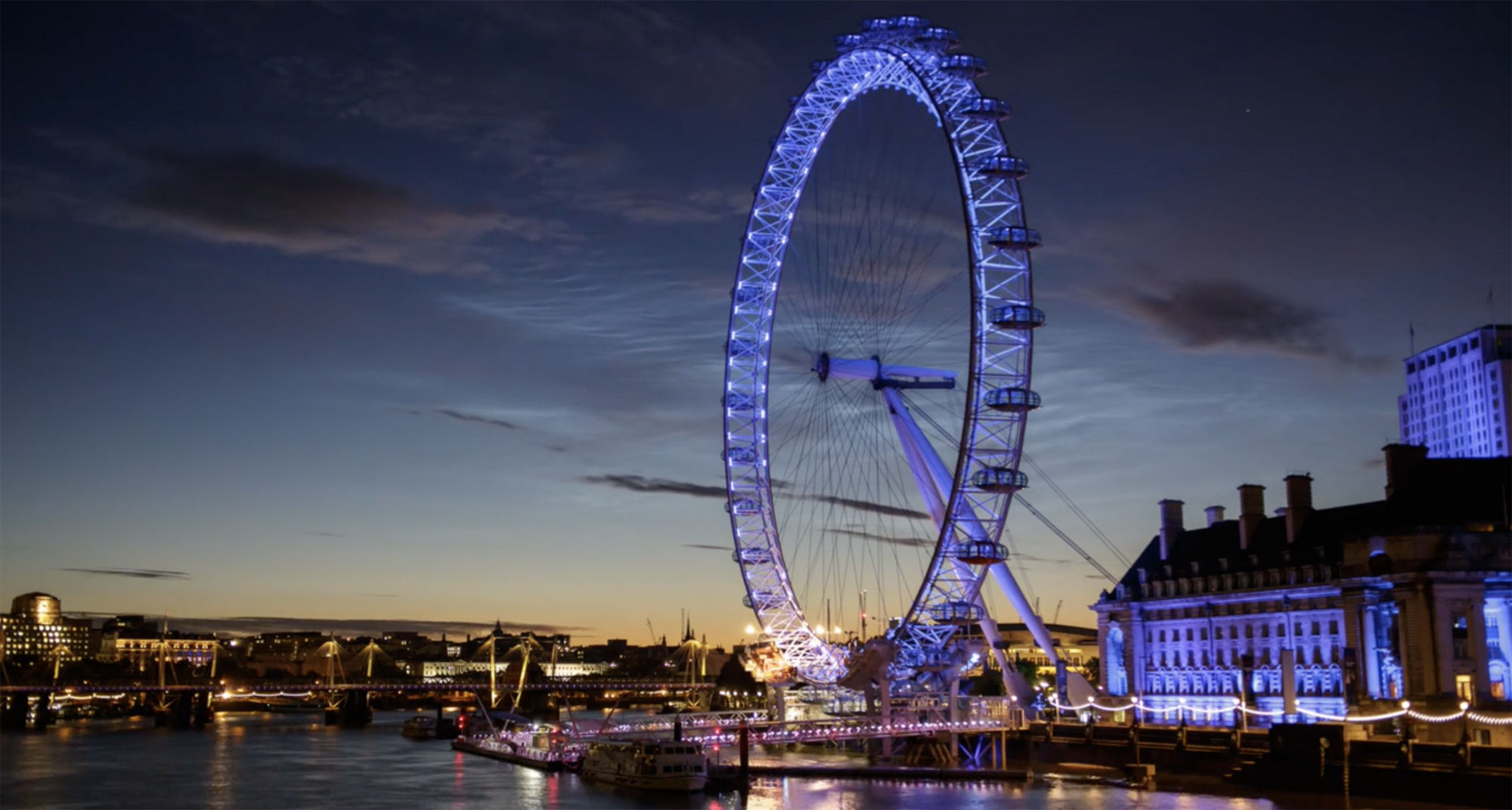Create a free profile to get unlimited access to exclusive videos, sweepstakes, and more!
Noctilucent Clouds Over the London Eye

My pal Christoph Malin is an astrophotographer, and a very good one; I’ve written about his photos many times.
He sent me an email saying he was in London at a pub, and when he walked out he could scarcely believe his eyes: In downtown London, he could see noctilucent clouds! Being very rarely seen, he quickly set up his camera to get photos of them. He put them together to make this lovely time-lapse animation:
Very cool. I love the composition, with the huge London Eye ferris wheel in the foreground.
As it happens, noctilucent clouds are poorly understood. They appears as thin, wispy clouds (looking very much like tightly constrained cirrus) usually just after sunset or before sunrise when the sky is dark. The look milky white, shiny (hence the term noctilucent, which means “night-shining”), and sometimes bluish.
They are extremely high up, 76–85 kilometers (46–51 miles) in altitude. They’re visible due to being lit from beneath by the Sun but are very faint. That’s why they’re visible only at sunset (or before sunrise, like when Malin's photos were taken), when the Sun is well below the horizon to people on the ground but still visible from the cloud’s point of view.
They’re so high up they are actually above the troposphere and stratosphere, where every other kind of cloud forms. Noctilucent clouds exist in the mesosphere, and how they form and evolve isn’t terribly well known. They need dust and water vapor to form, as well as extremely cold temperatures. Several formation mechanisms have been proposed, but it’s not clear which may be most prevalent or even correct.
One reason for the lack of understanding is that they’re a new phenomenon; none has ever been reported before 1885. An intriguing possibility is that they are related to global warming, though this (again) is not well known. I suggest reading the Wikipedia page on noctilucent clouds; it gives a good description and has many links you can follow down the rabbit hole.
And now I have something to add to my list, including a total solar eclipse and an aurora: Things I really want to see but still haven’t yet. I’ve really got to get moving on this.
[UPDATE (July 9, 2014): I initially said that these clouds are sometimes visible after sunset, but to be clear they are also sometimes visible before sunrise as well.]


























